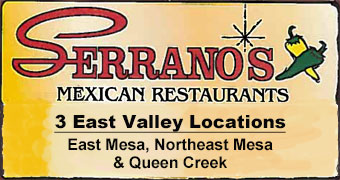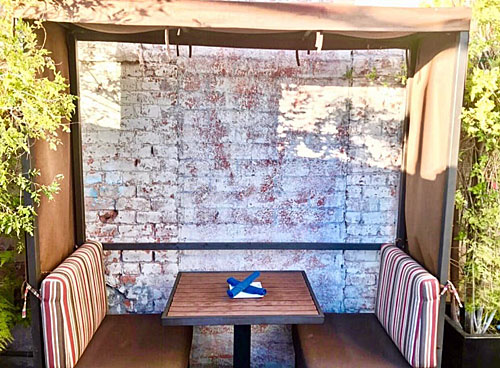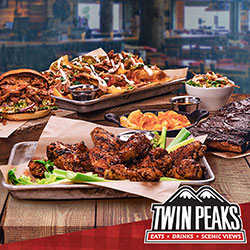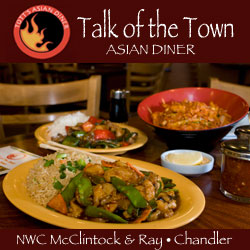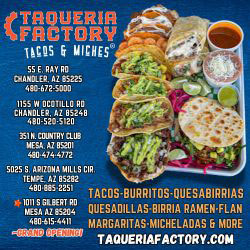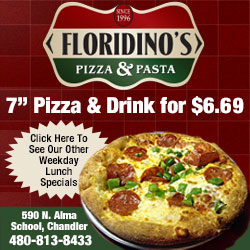In a move that surely sent shivers up the spines of restaurant owners and employees nationwide, Ohio and Illinois announced Sunday they would close restaurants and bars in response to the growing COVID-19 pandemic.
The number of confirmed U.S. cases has almost doubled over the last 48 hours, jumping from 1,714 on Friday to 3,244 Sunday. And widespread testing still hasn’t begun.
While no one can say for certain what will happen in the coming days, weeks, and months, it’s a very scary time for restaurants and bars (and the blogs that cover them).
I’m not a virologist, but as someone who’s covered the Valley’s food and beverage industry for more than 20 years, here are some thoughts on restaurants and COVID-19.
How risky is it to go out to eat?
Health officials consider restaurants safer than most other businesses because they’re subject to a complex set of health regulations and must pass regular inspections multiple times a year.
Well-run restaurants, for example, already were regularly sanitizing high-touch surfaces like tables and bars long before COVID-19, and many restaurants have increased the frequency even more in the past week.
That said, Dr. Anthony Fauci, the government’s medical point man for all things COVID-19, said over the weekend he personally would not go out to eat right now. Fauci, however, is 79, which puts him well into a ‘‘high risk’’ category.
Will Valley restaurants be shut down?
Judging by how fast the canceling of school classes swept the country, it may be inevitable. But it’s worth noting that even Seattle, the most ravaged of U.S. metro areas by COVID-19, has not forced restaurants to close entirely – delivery and takeout are still allowed.
In other cities, restaurants still are being allowed to keep dining rooms open under other limitations. Boston and Washington, D.C., have ordered restaurants to remove half of their tables and chairs to promote ‘‘social distancing.’’
Given Arizona’s political leanings and the concerns about putting tens of thousands of employees out of work, I expect the state will do whatever it can to avoid mandatory closures.
Will Valley restaurants voluntarily close?
Before Seattle ordered restaurants to close their dining rooms Sunday, more than 50 restaurants there already had announced voluntary temporary closures, most for two or three weeks.
I can guarantee we’ll see this in the Valley because we already are: highly regarded Rancho Pinot and FnB in Scottsdale announced Sunday they will close their dining rooms but still offer limited takeout and delivery. Expect to see others follow suit.
Takeout and delivery have become important (and ever-growing) contributors to a restaurant’s revenue in recent years, and they likely will become critical lifelines during the duration of the COVID-19 crisis.
What can Valley diners do to help?
That’s simple: Continue to patronize your favorite locally owned restaurants, breweries, and bars.
If healthy, practice social distancing and good hygiene habits when dining out. If you’re concerned or in an at-risk demo, consider takeout or delivery. Or buy a gift card.
The key, to me, is ‘‘locally owned.’’ Industry experts point out national restaurant chains are better positioned to weather this crisis than family-owned establishments.
In other words, skip Olive Garden, Texas Roadhouse, and McDonald’s for the next few weeks and support your favorite mom-and-pop restaurants. You’re likely their best hope for survival.
 Subscribe to the free MXSW Daily Email here for the latest news about food & drink in the Phoenix metro area.
Subscribe to the free MXSW Daily Email here for the latest news about food & drink in the Phoenix metro area. 


